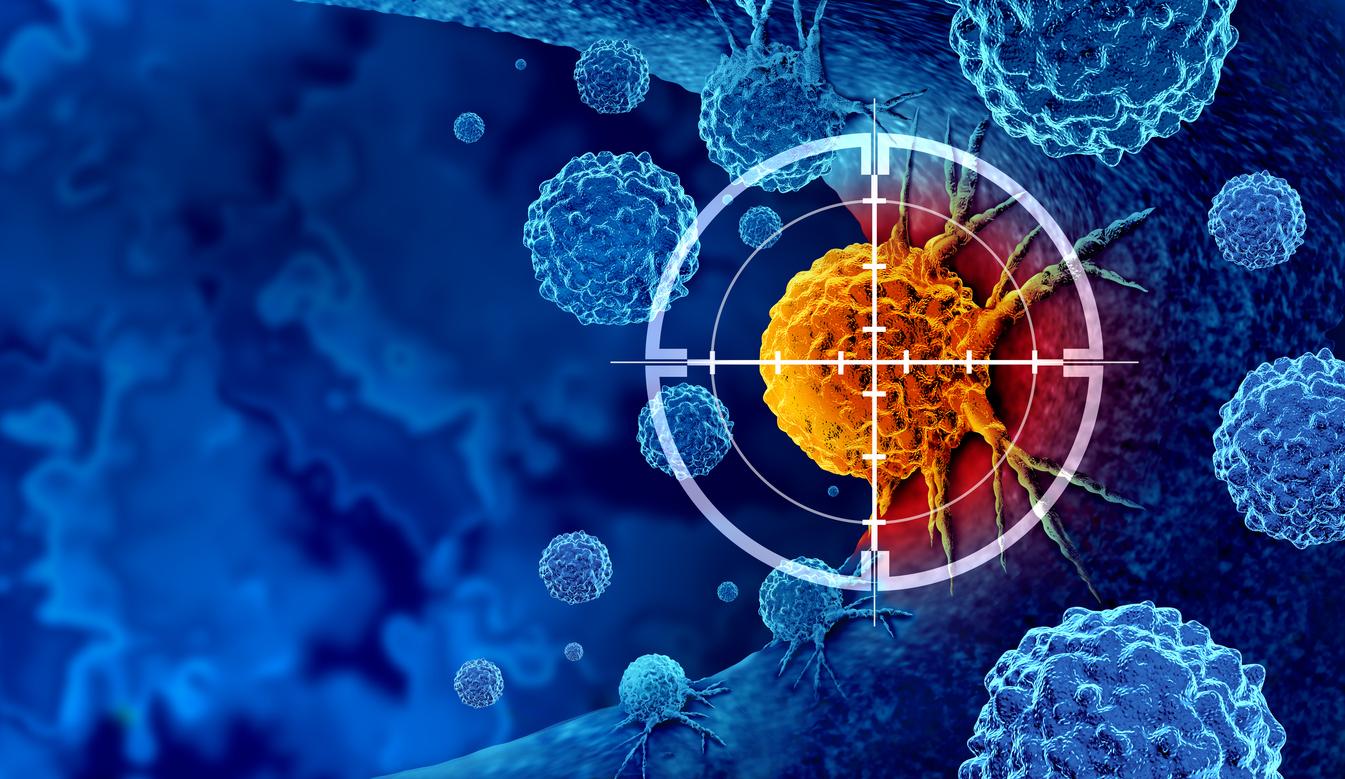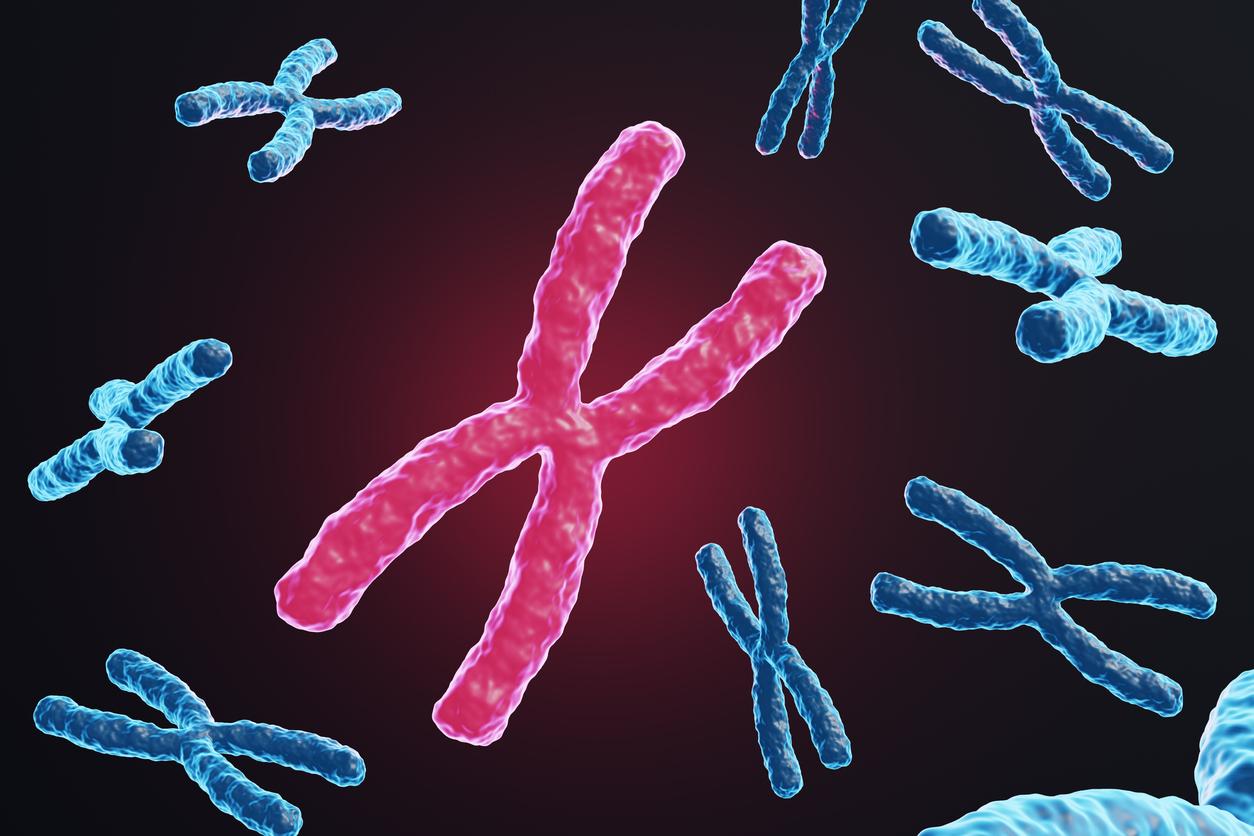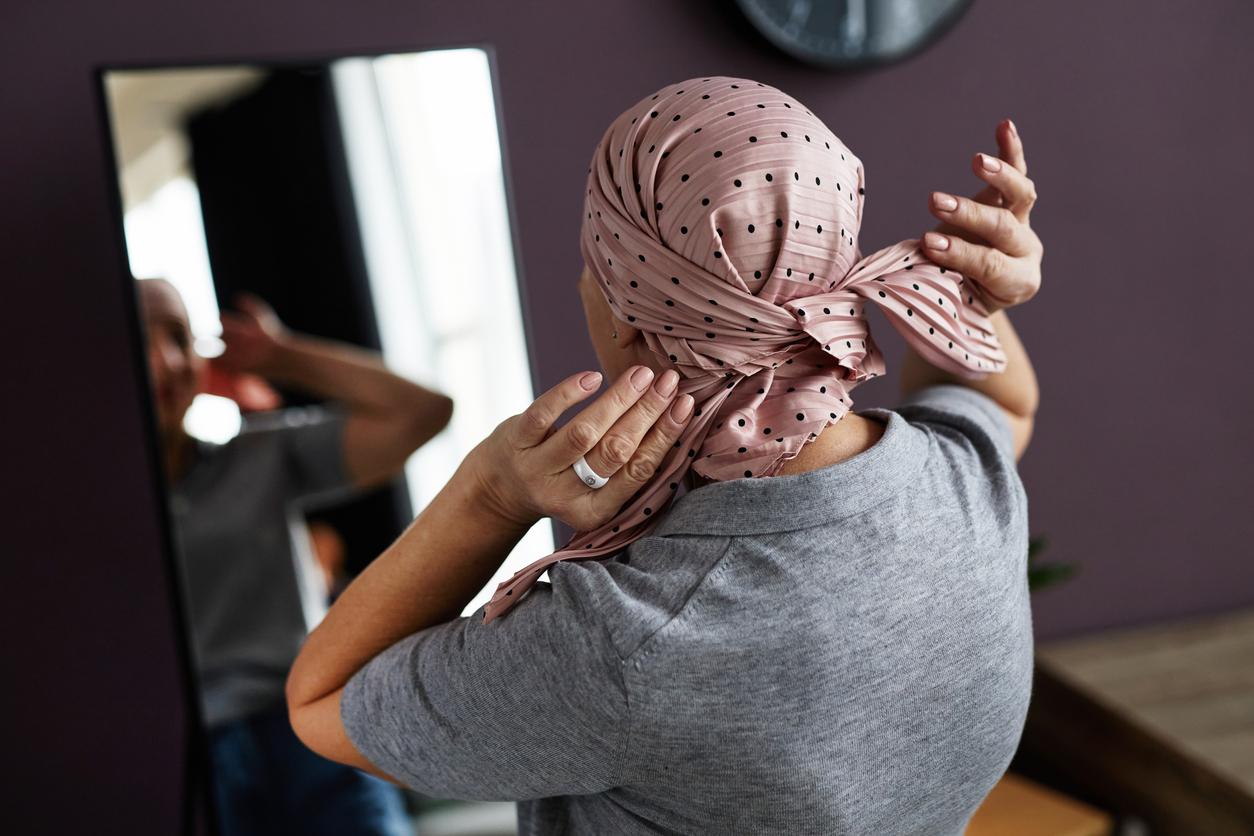THE breast cancer is the most common cancer in women, with just over 59,000 cases per year. Although it causes nearly 12,000 deaths a year, its five-year survival is now 87%, and 76% at 10 years. “Relapse is a major clinical problem affecting 15-20% of women with breast cancer., says Professor Alain Puisieux, director of the Institut Curie research center. Breast cancers most at risk of relapse are so-called “triple negative” cancers with approximately 20 to 30% relapse.
These relapses occur according to three processes: first a resistance of a few cancerous cells due to insufficient initial treatment, then a dormant phase (a few months or years during which they remain there), then theexpansion during which the persistent cells show their ability to proliferate. “The risk of recurrence and the severity of it also depends of course on the size of the initial tumour, the involvement of the lymph nodes, the treatments… The better we are treated initially, the less there is a risk of recurrence”says Dr. Paul Cottu, deputy head of the medical oncology department at the Institut Curie.
When does the relapse occur? The temporality of relapses is quite linear, with between 0.5 and 1% relapses per year. “All types of cancer combined, we observe a peak of local recurrence or the appearance of metastases two years after treatment., adds Dr. Cottu. Nevertheless, the risk remains constant throughout life, and some women relapse up to 25 years after their first treatments.
How to help women avoid relapse?
To begin with, it is necessary to eliminate the known risk factors that are the tobacco and alcohol, and in some cases, fight against overweight. Physical activity, whose benefits have been repeatedly proven for good health and which is now part of the treatment plan, would also have a therapeutic effect of reducing (24%) the risk of relapse for localized breast cancers. To fight against apprehension of the risk of recurrence, anxiety and even depressive disorders, the Institut Curie also recommends psycho-oncology consultations and complementary approaches, such as relaxation, self-hypnosis or even counseling sessions. ‘EMDR.
THE multidisciplinary work will also be the key to good care. “The diagnosis of breast cancer begins with multidisciplinarity: the doctor will feel a lump in the breast, then the radiologist will detail the characteristics of the tumor, and then determine whether or not a biopsy is needed.“, recognizes Dr. Anne Vincent-Salomon, head of the diagnostic and theranostic medicine center. “We are a team and we pass the relay.“
A multidisciplinary approach that must include the patient herself, the first person concerned by the disease. “When you are told of a relapse, everything is turned upside down, you have to learn to live with the disease until it dies. We’re not necessarily going to die from it, but we’re going to die with it”says a patient.
“The game is won at the beginning, hence the importance of early diagnosis and following the treatments properly, they are never prescribed lightly”concludes Dr. Cottu.
Source: Institut Curie press conference, September 2022.


















